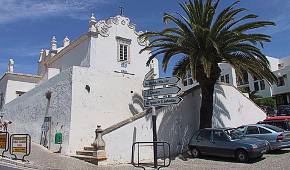|
Albufeira |
|
| Portugal > Tourism > Algarve > Albufeira > The Town | |
| History | Municipality | Places of Interest | Beaches | Golf | Festivals | Gastronomy | Lodging | |
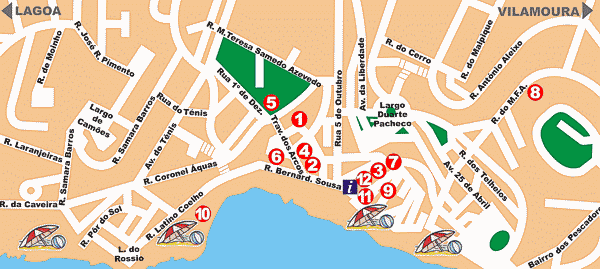
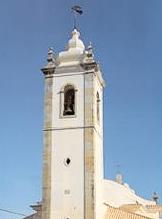 |
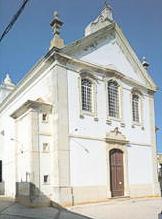 |
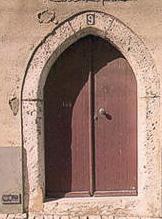 |
||
|
Bell Tower
|
|
Matriz Church
|
|
Old Doorway
|
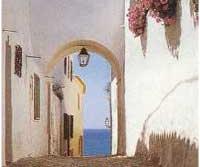 |
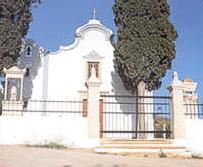 |
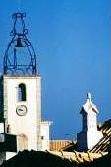 |
||
|
São Sebastian Church walk
|
|
Orada Chapel
|
|
Clocktower
|
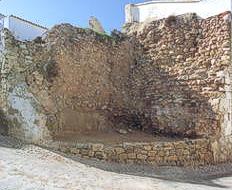 |
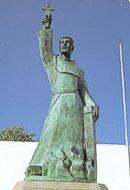 |
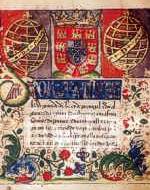 |
||
|
Castle Wall
|
|
S. Vicente
|
|
Archive Museum
|
| History | Municipality | Places of Interest | Beaches | Golf | Festivals | Gastronomy | Lodging | |
| Portugal > Tourism > Algarve > > Albufeira > The Town | |
|
The Town |
|
